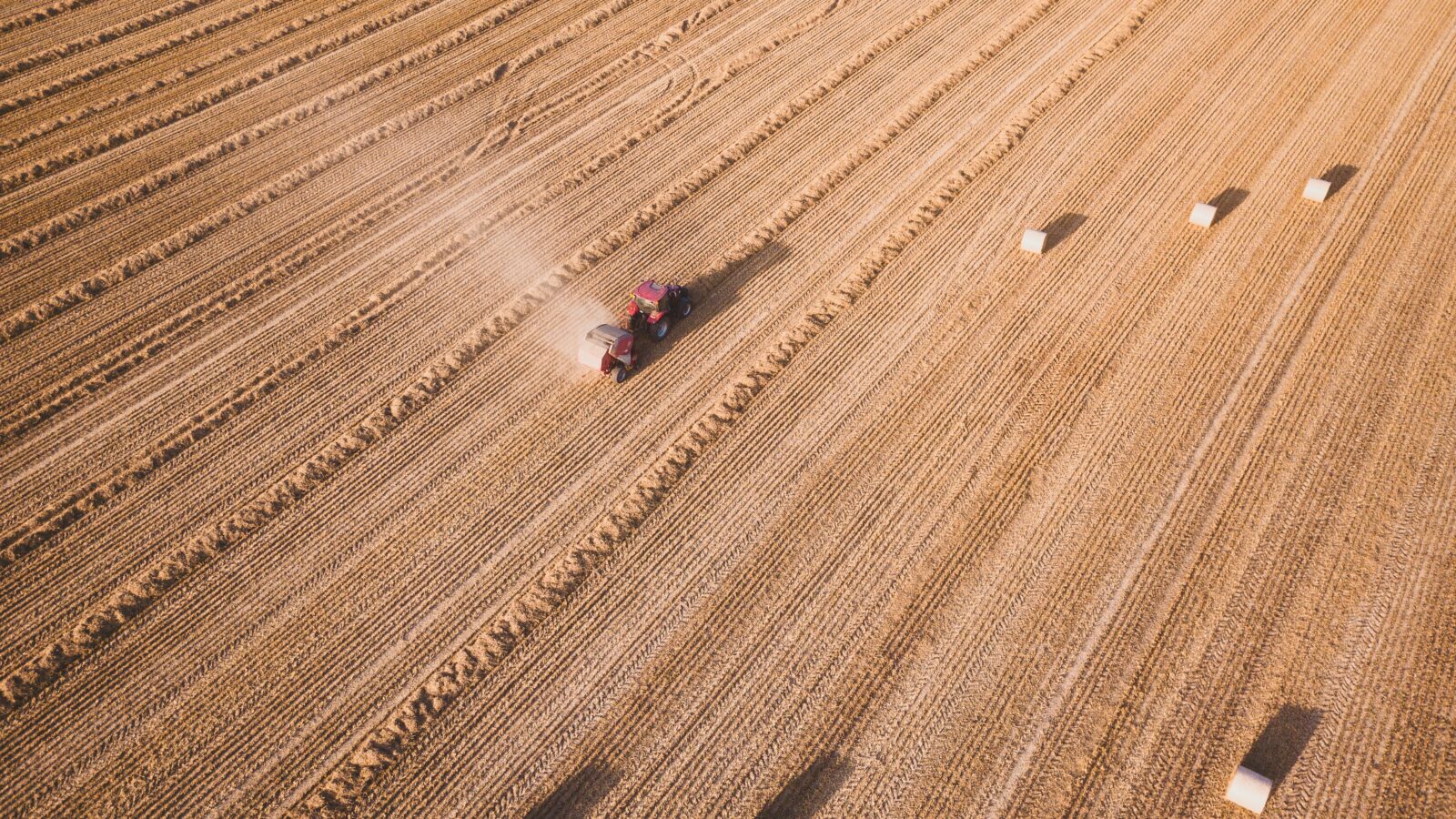
European agricultural practices are responsible for an increase in air pollution according to a new report from the European Environment Agency. The report shows an increase of ammonia emissions in 2014 after having fallen since 1990. Approximately ninety four percent of ammonia emissions in Europe stem from agricultural activities such as manure storage, slurry spreading and the use of fertilisers containing nitrogen. Ammonia contributes to eutrophication — an oversupply of nitrogen — and acidification of ecosystems. It also forms particulate matter in the atmosphere which harms human health.
The United Nations Economic Commission for Europe initiated the Convention on Long-range Transboundary Air Pollution (CLRTAP) in 1979 for the purpose of reducing key harmful pollutants in the region. The CLRTAP Convection contains emission reduction commitments that have to be met from 2010 onwards for ammonia emissions. The annual European Union emission inventory report 1990-2014 under the LRTAP Convention shows that ammonia emissions fell by 24% between 1990 and 2014, but increased in the EU‑28 between 2013 and 2014 by 0.9%.
The rise in ammonia emissions in 2014 was mainly from increases in France, Germany and Spain. Four countries (Finland, Germany, the Netherlands and Spain) also reportedly exceeded their individual ammonia ceilings in 2014.


